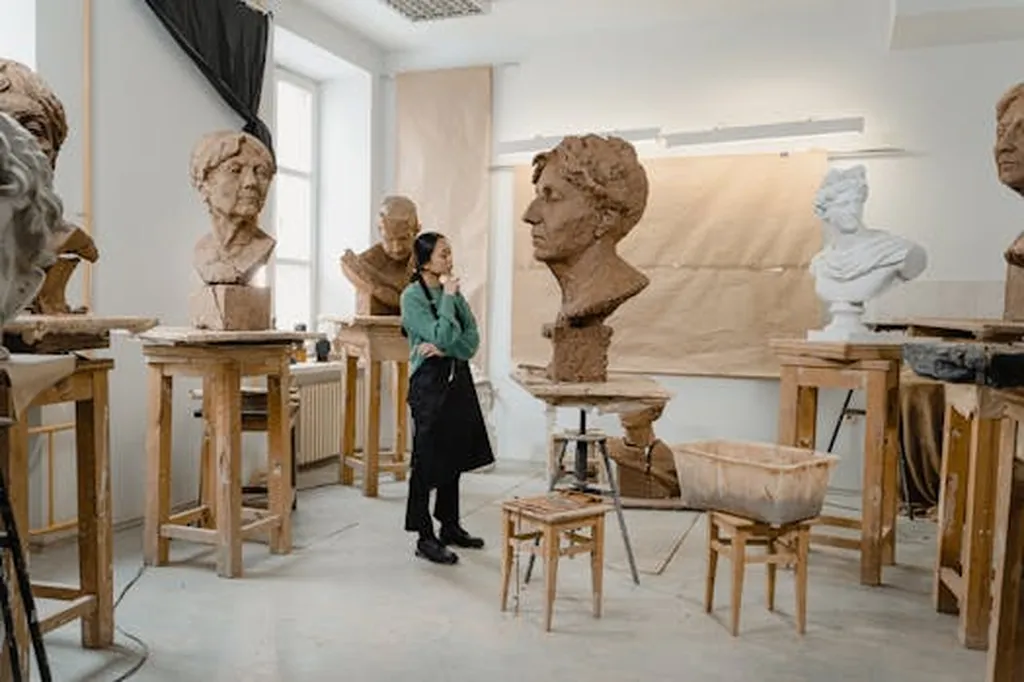In the heart of Beijing, researchers are pioneering a method that could revolutionize how we visualize and interact with indoor spaces, with significant implications for the energy sector. J. Liu, a leading expert from the School of Geomatics and Urban Spatial Informatics at Beijing University of Civil Engineering and Architecture, has developed a multi-level point cloud modeling technique that promises to enhance the accuracy and robustness of indoor 3D reconstruction.
The method, detailed in a recent study published in *The International Archives of the Photogrammetry, Remote Sensing and Spatial Information Sciences* (translated as “International Archives of Photogrammetry, Remote Sensing and Spatial Information Sciences”), combines spatial analysis and semantic enhancement to create detailed indoor models. This approach is particularly valuable in complex, non-Manhattan structural environments—where buildings don’t neatly align with the grid-like patterns of traditional urban design.
Liu’s technique begins with room-level semantic segmentation, using legal vectors and density features to identify different spaces within a building. The α-Shape algorithm then extracts room contours, refining boundaries and wall structures based on local geometric features. Wall point clouds are classified and their attributes determined through buffer analysis and surface-plane fitting, distinguishing between planar and curved walls. Finally, the wall line structure is optimized using a geometric regularization strategy, integrating each room into a complete indoor structure model through spatial topological relations.
The implications for the energy sector are profound. Accurate 3D modeling of indoor spaces can optimize energy efficiency by identifying areas where insulation, heating, or cooling systems can be improved. “This method provides a solid data foundation for indoor 3D reconstruction and intelligent building applications,” Liu explains. “It significantly improves modeling accuracy and robustness, which is crucial for energy management and smart city development.”
The research highlights the potential for enhanced energy audits, better space utilization, and more efficient building management systems. As cities continue to grow and urbanization accelerates, the ability to accurately model and analyze indoor environments will become increasingly important. Liu’s work not only advances the field of photogrammetry and remote sensing but also paves the way for smarter, more energy-efficient buildings.
As the construction industry continues to evolve, this research could shape future developments in indoor mapping and energy optimization, offering a glimpse into a future where buildings are not just structures but intelligent, adaptive environments.

